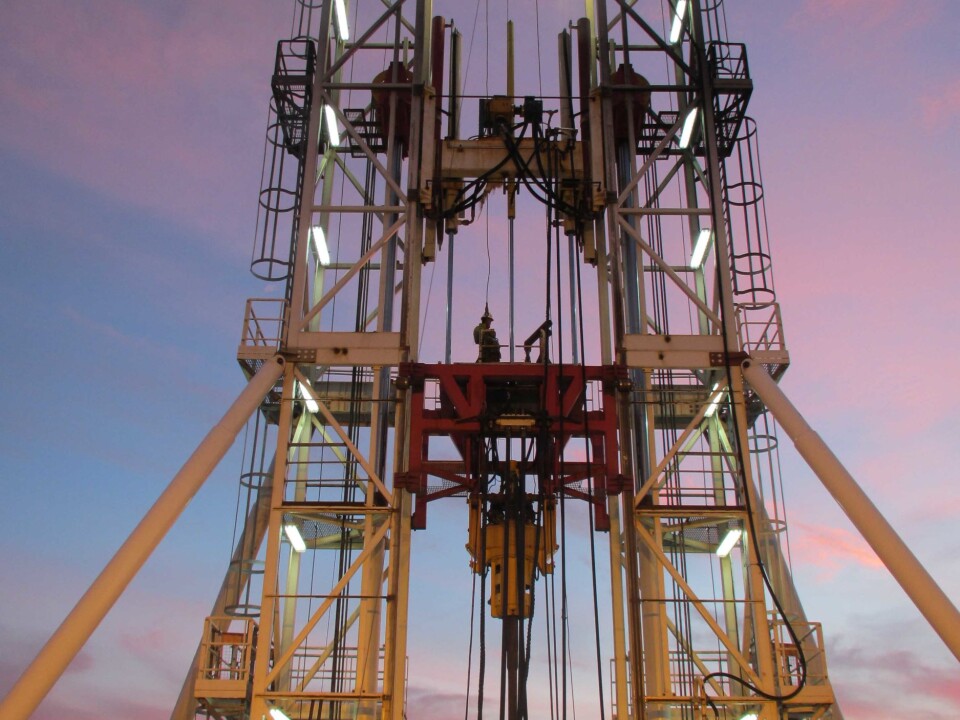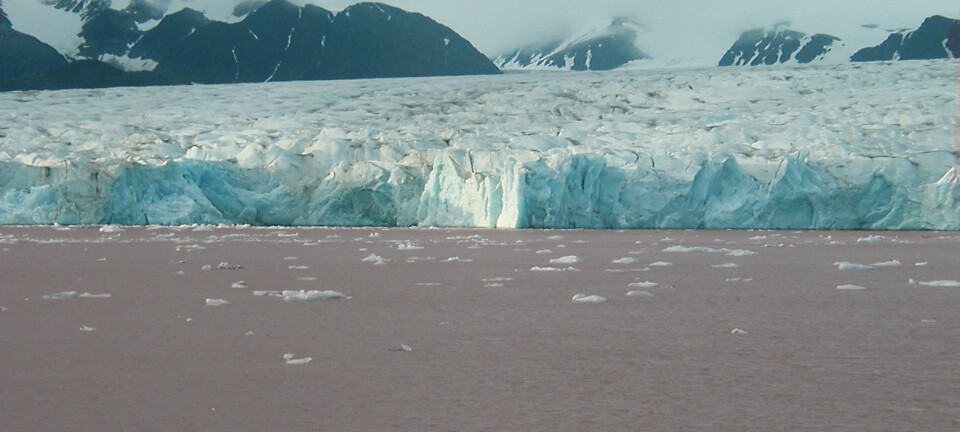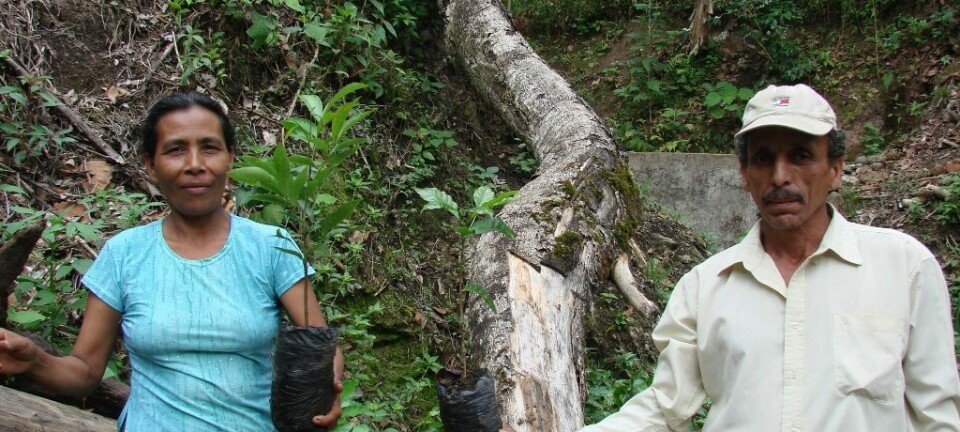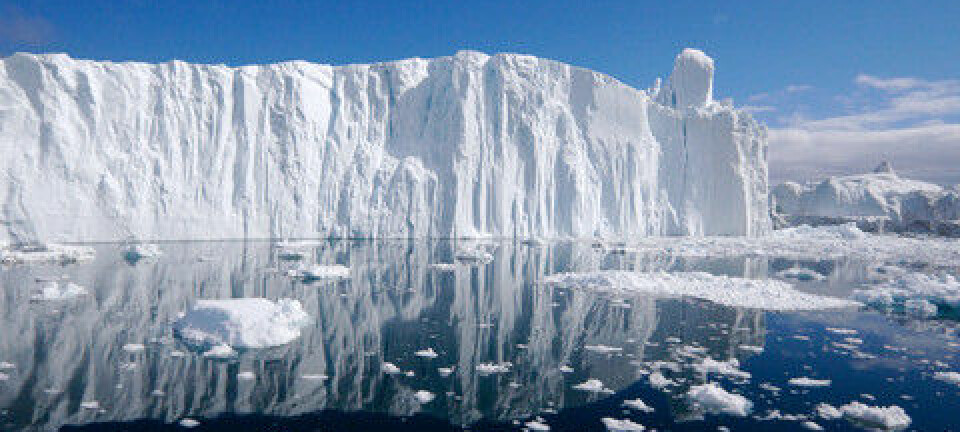
Ice age water found under the Baltic Sea and Kattegat
For the first time ever researchers have drilled deep into the seabed under Kattegat and the Baltic Sea. The drillings have revealed that hidden under the sea there is freshwater that could date back to the ice age.
For the first time ever scientists have drilled deep into the seabed underneath the Danish waters and in several places the drill stumbled upon the remains of ancient, isolated freshwater.
The greatest surprise for the researchers was when their drill was 80 meters below Kattegat and freshwater suddenly came gushing up.
“We’d drilled our way through a deep layer of ice age clay when we struck a layer of pure sand that most likely stems from the end of the ice age. There was overpressure in the layer of sand and suddenly water poured out of the top of the drill,” says Professor Bo Barker Jørgensen, who led the scientific drilling expedition in Kattegat and the Baltic Sea.
He explains that the water that poured out of the sea floor of the Kattegat had a very low salt content because it had been isolated from the seawater above.
Could stem from an underground source

It has yet to be established exactly how old the freshwater extracted from the Kattegat seabed is, but the researchers are working on determining its age.
Even though the layer of sand where the freshwater was found seems to stem from the end of the last ice age (115,000 - 96,000 BC), it’s still uncertain whether the water has the same age and origin as the sand.
“The sand was deposited during that period, but the water could come from somewhere else. Such a layer of sand, isolated deep below the seabed, functions as a water-bearing layer, so the water may come from somewhere far away,” says Jørgensen, who is professor and head of the Center for Geomicrobiology at Aarhus University.
“Based on our initial chemical analyses, we guess that it could come from a deeper source, but we don’t know,” he says.
Large area investigated for water
Furthermore, the researchers don’t know how much water there could be, or the size of the part of the Kattegat hiding the sand layers with the ancient subsoil water.
“Geologists will carry out new seismic investigations in order to find out how far these layers of fresh water and overpressure stretch and why they’ve formed” says Jørgensen.
Seismic investigations provide information about the geological layers in the underground through pressure waves that are sent into the seabed.
However, even though the researchers have carried out seismic investigations of the Danish seabed for decades, this is the first time they have discovered the layer of sand with overpressure.
“We didn’t know that these layers existed until we drilled our way down there. It’s particularly interesting because there was dissolved methane in the water and we don’t know where it comes from,” says Jørgensen.
Found ice age meltwater under the Baltic
During the scientific drilling expedition researchers not only found fresher water below the Kattegat – their drills also struck freshwater in several parts of the Baltic Sea.
“In several places we came across old freshwater left over from the time when the Baltic was a large lake. The lake was created at the end of the last ice age, when glaciers and land closed the area off, preventing the meltwater from leaving the Baltic,” says Jørgensen.
The result was the creation of an enormous freshwater lake known as the Baltic Ice Lake.
Giant ice-dammed lake created heavy waterfalls
The Baltic Ice Lake existed in the period around 13,500-10,200 BC, and according to Jørgensen it consisted of so much freshwater that the water level reached up to 25 metres above the current sea level.
“When the ice started to melt, the freshwater poured from the lake into the Skagerrak. It must have been very dramatic, and we believe it could have taken two years to empty. So it will have been a fantastic river of waterfalls pouring out,” says Jørgensen.
The researchers have known about the Baltic Ice Lake for a long time, but with the new drillings in the Baltic they expect to obtain more detailed knowledge about this part of Denmark’s past.
Information about the animals, plants and climate of the past is printed into the deep layers of the seabed, and the deeper the researchers drill, the further back into time the drill travels.
“We get lots of information from drillings, and in some places we can trace the development of the Baltic year by year,” says Jørgensen.
More surprises waited in the depths
Originally, the researchers were expecting to drill as deep as 400 metres into the seabed and go back 140,000 years during the expedition.
“We didn’t get as far down as we had expected, but we have been able to reach a depth of 200 metres -- for example in the southern part of the Little Belt. Here it turned out that we had struck a layer of chalk at a depth of around 170 metres. That means that it’s material that was deposited many million years ago -- possibly 60-70 million years ago,” says Jørgensen.
“We had expected the layers of chalk to be at a much lower depth. But you must bear in mind that it’s the first time scientific drillings have ever been carried out in Danish waters.”
“Up until now, we’ve only had knowledge from seismic investigations that we have interpreted as well as we could. But in several cases our drillings struck deposits that we weren’t expecting. But that’s just exciting,” he says.
The seabed holds knowledge about climate change
Among other things, the researchers are hoping that the new drillings will give them more knowledge about the dramatic climate changes of the past – knowledge that could be used to make better predictions of future climate changes that will affect life on Earth.
However, aside from providing researchers with new knowledge about the past, could the discovery of freshwater below Danish waters be used for other purposes?
“In the past there have been speculations about whether or not it would be possible to find freshwater resources deep below the seabed that could be used for drinking water. But that’s by no means what’s happening here,” says Jørgensen.
Translated by: Iben Gøtzsche Thiele










